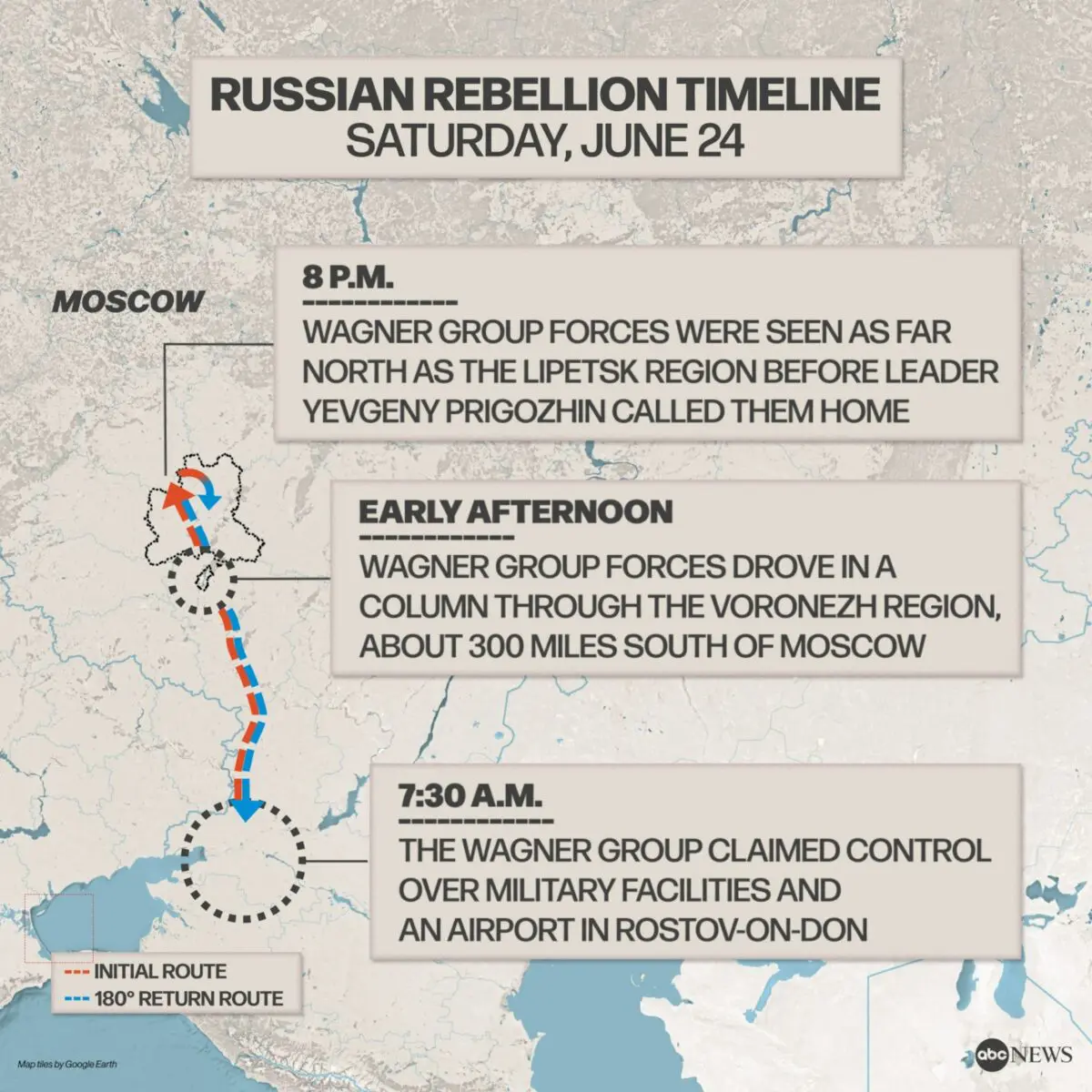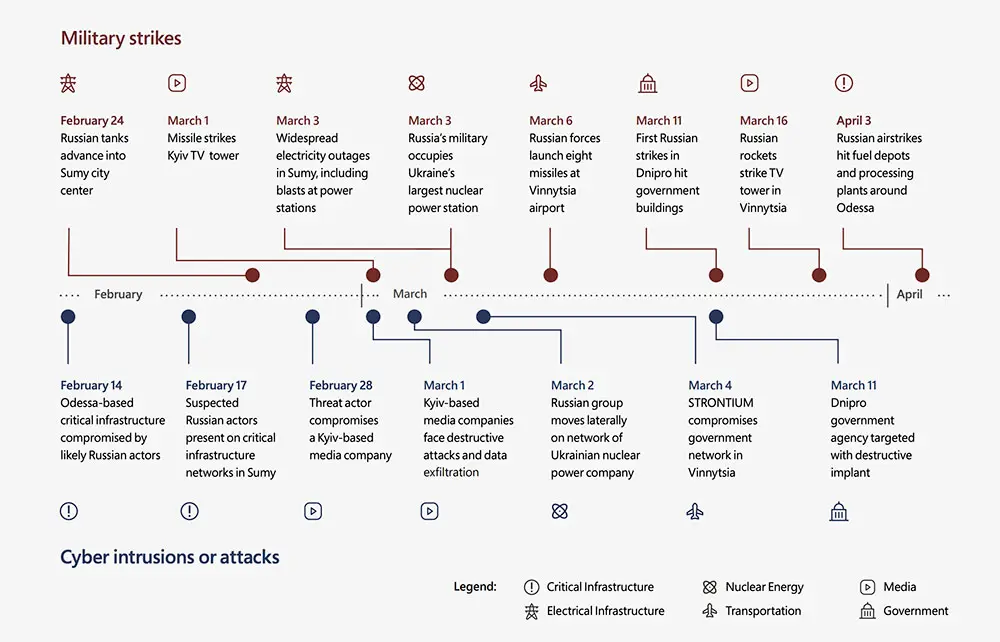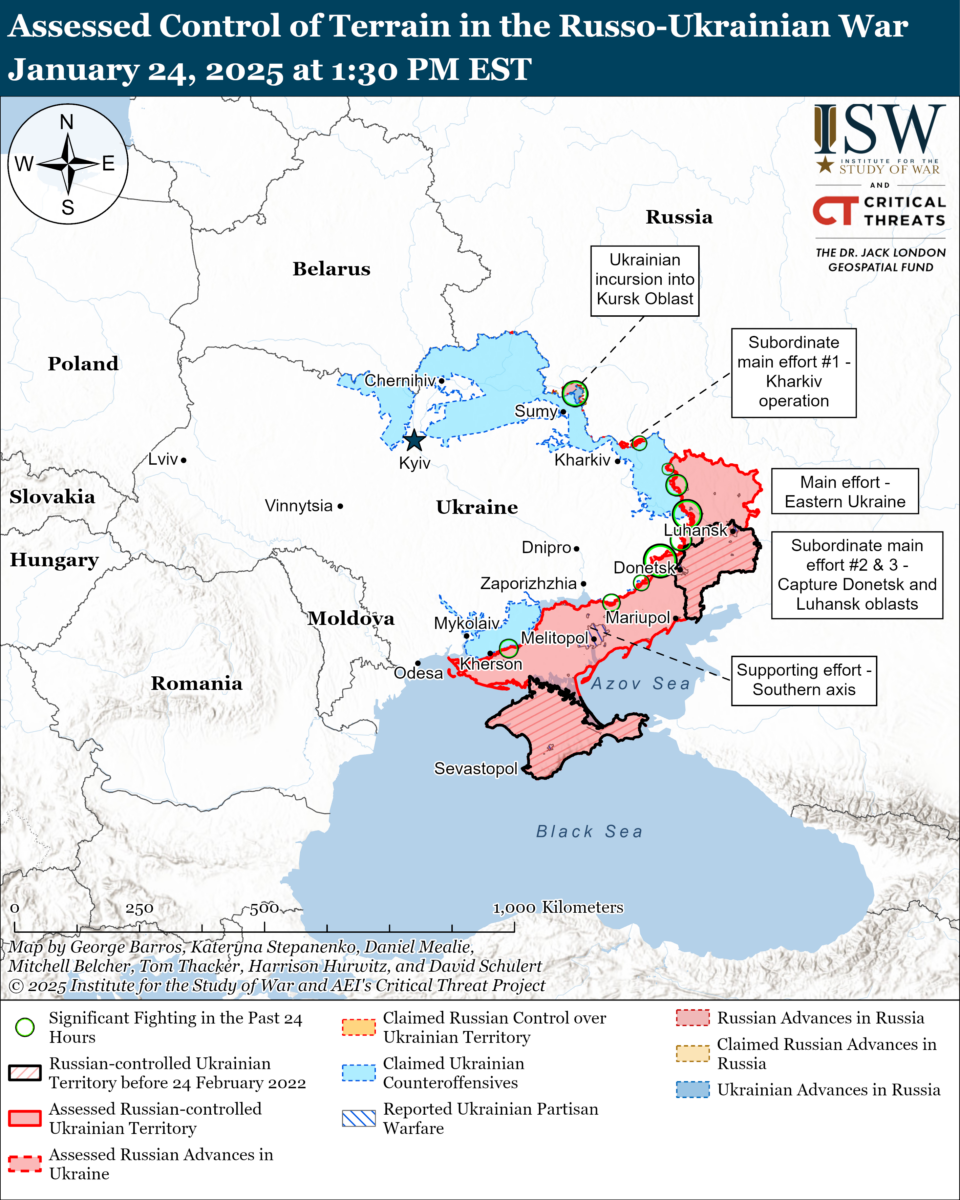The Russia-Ukraine conflict has entered its 1,070th day, continuing to capture attention and concern on a global scale. This ongoing war has seen numerous developments, military engagements, and geopolitical ramifications that shape international relations. As the situation evolves, the implications of such events affect not only the countries directly involved but also have ripple effects throughout Europe and beyond. Understanding the latest updates is essential for grasping the current landscape of this complex conflict.
Recent reports highlight critical military actions from both sides, revealing a persistent struggle for territorial control and strategic advantage. The situation is fluid, with rapid changes in claims and counterclaims regarding military successes and civilian impacts. In this article, we delve into the latest events and trends emerging from the battlefield, providing insights into the unfolding narrative of the conflict.
Military Engagements and Advances
As the conflict drags on, military engagements have intensified, showcasing a broad spectrum of offensive and defensive maneuvers. Just in the past week, reports from the Ukrainian military assert that they have successfully intercepted a notable number of Russian-launched drones, dramatically reducing potential damage to vital infrastructure.
On January 28, 2025, during a turbulent night for military operations, Ukraine announced that it had shot down 65 out of 100 drones targeting its territory. This impressive interception rate demonstrates the continued evolution of Ukraine’s air defense capabilities, reflecting the country’s commitment to protecting its sovereignty and its citizens.
Simultaneously, the Russian Defence Ministry claimed territorial gains, reporting the capture of the Dvorichna settlement in Kharkiv. As this village shifted from Ukrainian to Russian control and back since 2022, its status remains emblematic of the broader tensions and fluidity of the front lines in this conflict. Ground-level reports suggest the struggle for control of Kharkiv has seen significant cycles of occupation, with locals bearing the brunt of these military strategies.

Ukrainian Counter-Offensive Strategies
Ukraine continues to adjust its military strategies in response to the evolving battlefield dynamics. Notably, the influx of international support in the form of advanced weaponry has played a crucial role in shaping operational tactics. Recently, the United States reportedly provided Ukraine with approximately 90 Patriot missiles, enhancing its capability to counter aerial threats effectively.
Such military assets not only reflect Western commitment but also underline the growing dependency of Ukraine on foreign aid to maintain its defensive and offensive strategies. The operational planning within the Ukrainian military showcases a dual focus: to safeguard existing territories from incursions while simultaneously launching counteroffensives to reclaim lost ground.
Amidst the ongoing engagements, the narrative of international aid has sparked diverse reactions. Various factions within the Ukrainian government continue to grapple with procurement issues, illustrated by the recent sacking of the deputy defense minister Rustem Umerov following internal disagreements about the efficiency of arms acquisition strategies. This internal conflict raises crucial questions about the capacity of the Ukrainian military to sustain its efforts in the long run, particularly under scrutiny from anti-corruption bodies.
Impact on Civilians and Humanitarian Response
The grim reality of the conflict affects millions of civilians, necessitating an ongoing commitment to humanitarian interventions. Ukraine’s President Volodymyr Zelenskyy recently addressed the dilemma of foreign aid halt from the United States, emphasizing that several humanitarian projects were forced to suspend operations. This immediate fallout highlights the importance of continued external support in ensuring the welfare of civilians caught in the crossfire.
To mitigate the impacts of dwindling foreign aid, Zelenskyy indicated that plans are afoot to redirect public financing to sustain projects deemed critical for civilian survival. Such measures speak to the resilience of the Ukrainian government and its capacity to adapt under challenging circumstances, emphasizing the state’s commitment to its people.
In addition to these governmental efforts, numerous non-governmental organizations (NGOs) continue to operate in the region, providing life-saving resources. These organizations face their challenges, including fluctuating access to hard-hit areas, supply chain issues, and security threats posed by ongoing military activities. Their persistence symbolizes the indomitable human spirit amidst adversity and the collective push for humanitarian support.

Legal Proceedings and Corruption Issues
The conflict’s backdrop is further complicated by domestic legal matters and allegations of corruption. Notably, the Russian prosecutors have initiated proceedings against figures in Kursk accused of embezzling funds initially allocated for military defense purposes.
Allegations of mismanagement of resources highlight the broader issues of transparency within military budgets in conflict zones. Such legal scruples not only undermine public trust in governmental operations but also pose significant risks for operational effectiveness where accountability is crucial.
In Ukraine, the sacking of deputy defense minister Rustem Umerov over procurement disputes continues to feed into the narrative of corruption and inefficiency, raising further doubts about the procurement processes and their impact on defensive capabilities at a critical juncture. With investigations unfolding, the stakes grow higher for Ukrainian officials as they navigate the intersection of international scrutiny and domestic pressures.
International Relations and Geopolitical Implications
The Russia-Ukraine conflict, marked by its military engagements, civilian impact, and corruption issues, is closely tied to international relations and shifts in geopolitical dynamics. As tensions escalate, the responses from global powers carry considerable weight, influencing diplomatic dialogue and negotiation frameworks. Russia’s President Vladimir Putin recently expressed interest in facilitating talks, stating that a legal pathway exists for negotiations with Ukraine, although he criticized President Zelenskyy’s legitimacy.
This statement highlights a counter-narrative concerning diplomatic engagement, as Zelenskyy challenged Putin’s assertions, indicating that the Russian leader hesitates to engage with strong leaders capable of impactful negotiations. The political maneuvering continues to evolve, with both parties attempting to leverage international support to bolster their positions.
The European Union is also contemplating imposing tariffs on farms products from Russia and Belarus, seeking to apply economic pressure while sparing agricultural goods bound for third countries. Such moves serve to illustrate the complex interplay of economic sanctions, trade policies, and military strategies shaping the unfolding geopolitical landscape.

Ongoing Negotiations and Future Prospects
With discussions surrounding potential negotiations spotlighting a glimmer of hope, the future of the Russia-Ukraine conflict remains shrouded in uncertainty. As both parties engage in a war of words, the international community watches closely, hoping for reductions in hostilities and movements towards peace.
Current military campaigns will undoubtedly influence negotiation tactics, serving as both weapons and bargaining chips in any future agreements. While Ukraine demonstrates resilience, questions linger regarding the sustainability of support against Russian advances.
In the broader context, analysts emphasize the importance of sustained political dialogue, even amidst ongoing hostilities. The potential for meaningful diplomacy rests upon the willingness of both sides to compromise and acknowledge the realities on the ground, which continue to evolve constantly. For now, the timeline of events represents a powerful narrative of endurance against adversity, with all eyes on the developments that come next.
Key Moments and Implications
Reflecting on the developments occurring over this extensive timeline showcases the transformative nature of conflict. Key moments lead not only to immediate ramifications but to longer-lasting changes in political landscapes and international relations. As Ukraine manages military operations amid international scrutiny, the interventions from global powers, support efforts, and allegations of corruption remain interwoven threads in this complex narrative.
The risks posed by the conflict continue to challenge diplomatic channels, while the resilience displayed by entities within the affected regions remains compelling. Comprehending the nuances of the current crisis is essential for shaping a framework for future discussions and resolutions.
Investing in peacebuilding and preventive diplomacy could offer paths forward, changing trajectories for both nations. As such, the timeline of Day 1,070 stands not merely as a record of events but as a reminder of the ongoing struggle for peace and stability in Ukraine, carrying consequences that extend beyond immediate borders.

Source: www.aljazeera.com
I’m Mikael, a 35-year-old Gossip Gravity Creator. I’m passionate about curating captivating content that sparks conversations and ignites curiosity. Join me on this exciting journey as we explore the fascinating world of gossip and trends together!



